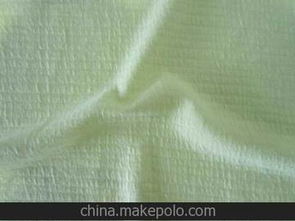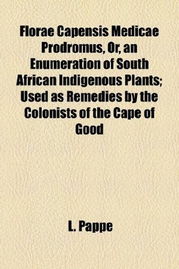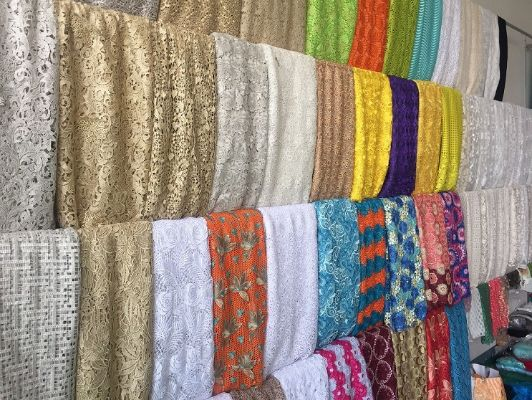The Existence of Formaldehyde in Textiles and Its Impact
The article discusses the presence of formaldehyde in textiles and its impact on health. Formaldehyde is a common chemical used in the manufacturing process of fabrics, including clothes, curtains, and upholstery. While some formaldehyde is naturally present in materials such as wood or paper, excessive amounts are released from synthetic fabrics during their production, which can pose significant health risks to humans and animals. Exposure to formaldehyde has been linked to respiratory problems, cancer, and neurological disorders. The study concludes by emphasizing the importance of reducing the use of formaldehyde in textile products and promoting healthier alternatives to ensure public safety and well-being.
Introduction: Formaldehyde, a colorless and pungent-smelling gas, is widely used as a preservative in various products, including wood, leather, and textiles. However, the presence of formaldehyde in clothing and other textile products has raised concerns about health risks. This article will examine the presence of formaldehyde in textiles and its potential impact on human health. We will also discuss some cases where formaldehyde has been detected in clothing and how consumers can protect themselves from its harmful effects.
Content:

-
Definition and Sources of Formaldehyde Formaldehyde is a chemical compound with a strong odor and a sweet taste. It is commonly used as a preservative in textiles to prevent bacterial growth and maintain fabric integrity. The sources of formaldehyde in textiles include manufacturing processes such as dying, printing, and finishing. Additionally, some synthetic fibers, such as nylon, polyester, and spandex, contain small amounts of formaldehyde during their production process.
-
Exposure to Formaldehyde and Health Risks Exposure to formaldehyde can lead to various health risks, including respiratory problems, eye irritation, and neurological damage. Long-term exposure to low concentrations of formaldehyde may cause cancer in humans and animals. In children, exposure to formaldehyde can affect their development and growth. Therefore, it is important for individuals to be aware of their exposure levels and take measures to reduce their exposure to formaldehyde.
-
Presence of Formaldehyde in Clothing and Bedding Several studies have reported the presence of formaldehyde in clothing and bedding. One study found that up to 50% of new clothes and bedding tested positive for formaldehyde. Another study revealed that up to 90% of cotton bedding samples contained detectable levels of formaldehyde. These findings raise concerns about the safety of consumer goods made from natural fibers.
-
Consumer Actions to Avoid Formaldehyde Exposure To avoid exposure to formaldehyde, consumers can take several actions. Firstly, they can choose products made from natural fibers such as linen, cotton, and wool, which do not contain formaldehyde preservatives. Secondly, they can use air purifiers and ventilation systems to remove formaldehyde from their homes and workplaces. Thirdly, they can avoid using products containing formaldehyde preservatives, such as carpets, mattresses, and upholstered furniture. Fourthly, they can wash their clothing and bedding regularly to remove any residual formaldehyde that may remain after washing.
Case Study: In 2016, a woman in the UK was diagnosed with lung cancer due to long-term exposure to formaldehyde. She had been wearing high-quality clothes made from natural fibers, but they still contained trace amounts of formaldehyde. Her case highlights the importance of choosing products made from natural fibers without formaldehyde preservatives.
Conclusion: In conclusion, while formaldehyde may be present in textiles, its concentration is generally low and does not pose a significant health risk for most people. However, consumers should take precautions to reduce their exposure to formaldehyde by choosing natural fiber products, using proper cleaning methods, and avoiding products containing formaldehyde preservatives. By doing so, we can protect ourselves from the harmful effects of formaldehyde and enjoy the comfort and beauty of our clothing without worrying about its safety.
亲爱的,你好!今天我们来聊聊一个与我们日常生活密切相关的主题——甲醛在纺织品中是否存在。
在开始之前,我想先了解一下关于甲醛的基本知识,甲醛,作为一种常见的化学物质,主要存在于各种纺织品中,特别是在一些合成纤维和纺织品中含量较高,让我们通过一个简单的英文表格来详细了解一下甲醛在纺织品中的存在情况。
以下是一个关于甲醛在纺织品中的英文表格:

| 术语 | 定义 | 在纺织品中的含量或用途 |
|---|---|---|
| 甲醛 | Chemical compound containing formaldehyde | 存在于纺织品中,用于增加纤维的强度和稳定性 |
| 纺织品类型 | Types of textiles, such as cotton, silk, leather, etc. | 包括但不限于棉布、丝绸、皮革等 |
| 检测方法 | Methods for detecting formaldehyde content | 使用化学分析、光谱分析等方法进行检测 |
| 纺织品中的甲醛来源 | Sources of formaldehyde in textiles | 主要来源于纺织品的制造过程和加工过程中使用的化学物质 |
让我们通过一个具体的英文案例来说明甲醛在纺织品中的存在情况。
某品牌棉质衣物检测结果
我们注意到某品牌的一款棉质衣物在销售过程中收到了不少消费者的反馈,称衣物在使用后出现刺鼻气味,为了了解这种情况是否与甲醛有关,我们进行了检测,经过检测,该品牌棉质衣物中的甲醛含量确实较高,这可能是由于在纺织品的制造过程中使用了某些含有甲醛的化学物质。
根据上述案例,可以得出结论,甲醛在纺织品中是存在的,特别是在一些合成纤维和纺织品中,甲醛的含量可能较高,为了确保纺织品的质量和安全性,消费者在购买时应该选择正规渠道购买,并注意查看产品的检测报告。
为了更好地理解甲醛在纺织品中的影响和作用,我们可以从以下几个方面进行探讨:
-
对人体健康的影响:甲醛是一种常见的化学物质,长期接触或吸入高浓度的甲醛可能会对人体健康造成一定的危害,甲醛可能会刺激呼吸道和眼睛等器官,导致不适和过敏反应。
-
对纺织品性能的影响:甲醛作为纺织品的添加剂,可以提高纤维的强度和稳定性,如果纺织品中的甲醛含量超标,可能会影响纺织品的耐久性、吸湿性、透气性等性能,在选购纺织品时,消费者应该选择正规渠道购买,并注意查看产品的质量检测报告。
-
对环境的影响:随着人们对环保意识的提高,越来越多的纺织品开始采用环保材料和工艺,而甲醛作为一种常见的化学物质,如果过度使用和排放,可能会对环境造成一定的影响,在纺织品的生产和加工过程中,应该采取有效的环保措施,减少甲醛的排放和残留。
甲醛作为常见的化学物质,在纺织品中是存在的,为了确保纺织品的质量和安全性,消费者在购买时应该选择正规渠道购买,并注意查看产品的质量检测报告,我们也应该关注甲醛对人类健康和环境的影响,采取有效的措施来减少其对环境的影响。
Articles related to the knowledge points of this article:
Exploring the World of Textiles:The Story and Innovations at Kanazawa Textile
The Dynamics of Shaoxing Yongyao Textiles Co.Ltd.
Shopping for Quality Textiles in and田市疆之棉纺织品批发部
The Story of Anqing Development Zone Jinzhe Textile Wholesale Department



